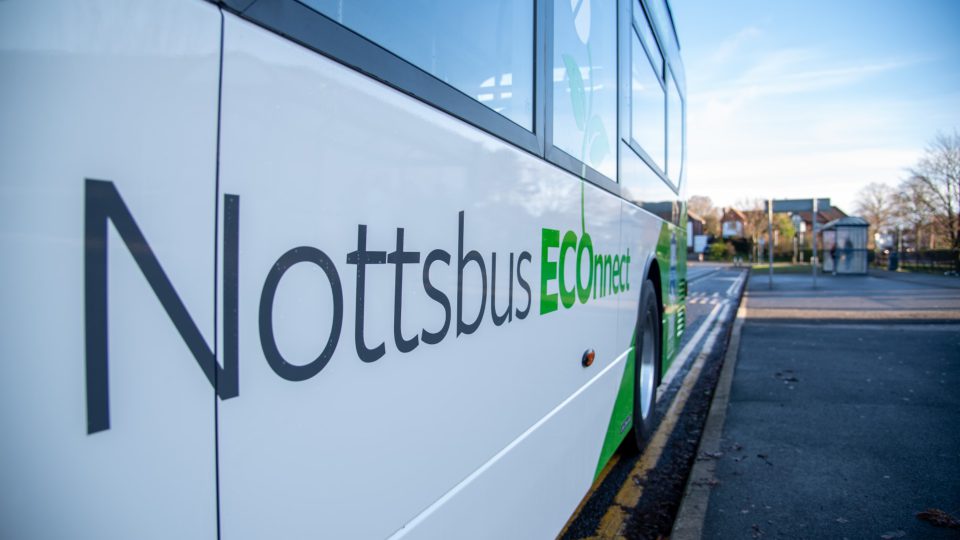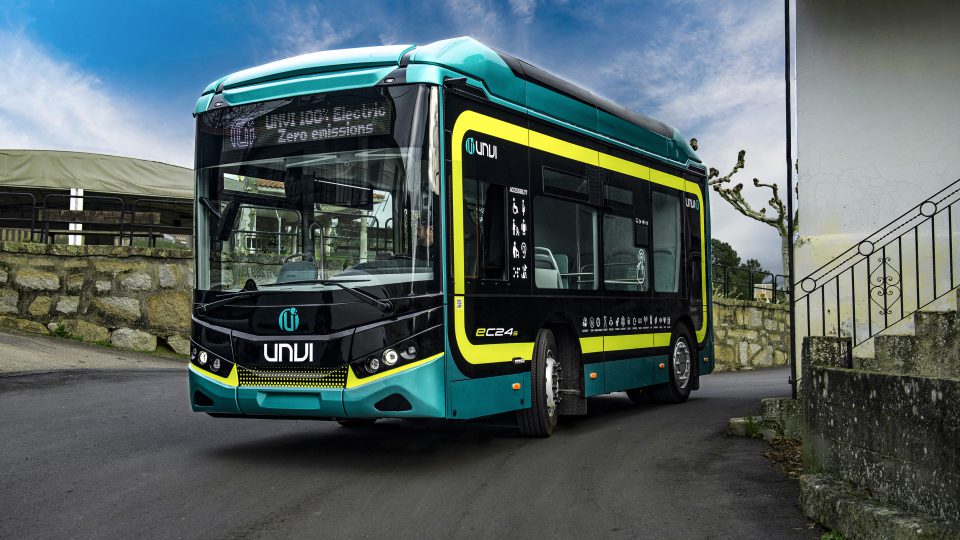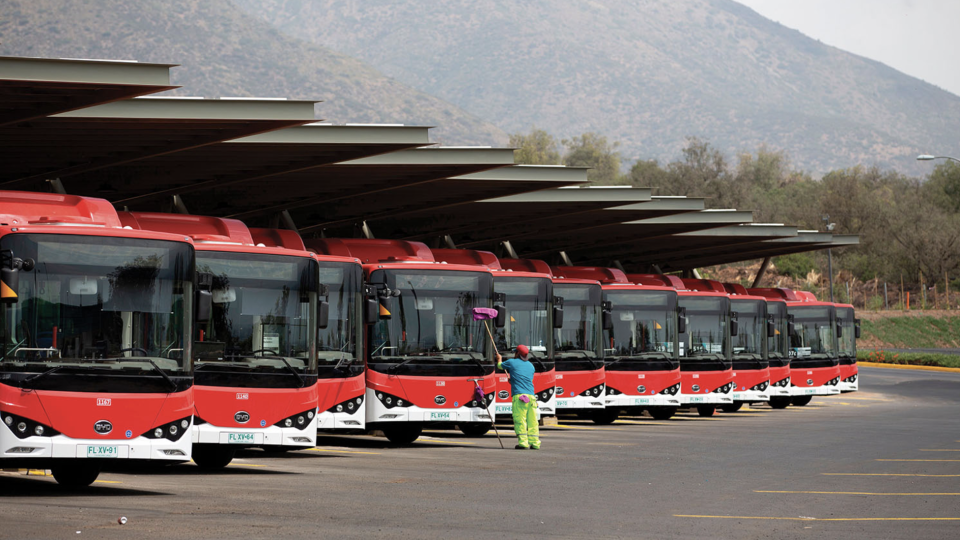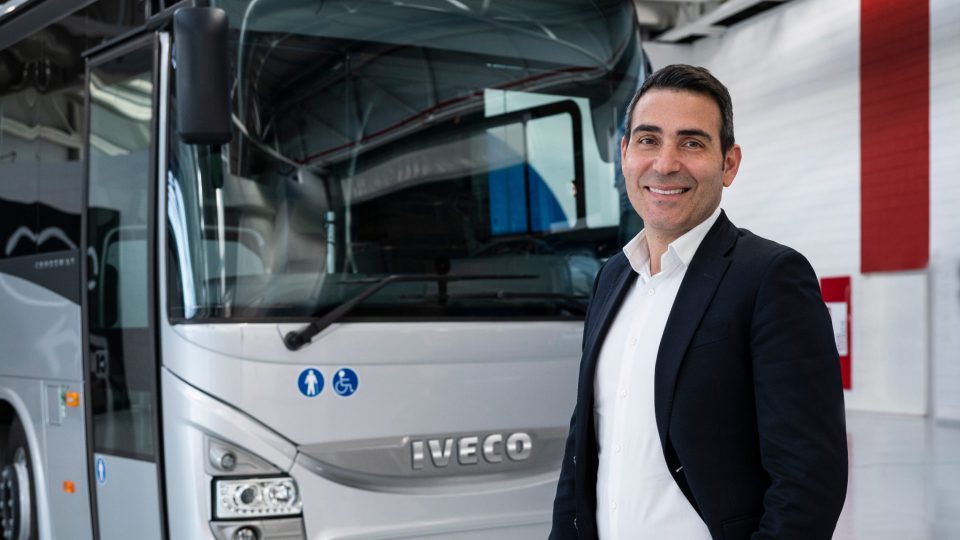Spotlight on MAN Lion’s City 10 E, the 10.5m e-bus that completes the Lion’s family
Four years later, MAN is back with a 10.5-meter urban bus and immediately aims for consistent figures. Derived from the Lion’s City 12 E, the MAN 10 E aims to conquer a large share of a market still almost to be discovered, until now reserved for Turkish and Chinese manufacturers and… for Irizar, which in […]

Four years later, MAN is back with a 10.5-meter urban bus and immediately aims for consistent figures. Derived from the Lion’s City 12 E, the MAN 10 E aims to conquer a large share of a market still almost to be discovered, until now reserved for Turkish and Chinese manufacturers and… for Irizar, which in 2020 won a tender in Genoa, Italy, with a model that has remained almost unique ever since.
The Lion’s City 10 E, which was already designed for the launch of the new urban range but was then slowed down by other product priorities (including the new Low Entry), has been officially presented to the public at the UITP Global Public Transport Summit in Barcelona. In the meantime, it has already been offered in some tenders (over twenty vehicles have already been ordered in Switzerland and Germany) and we will soon see it circulating in Italy as well.
Thanks to a empty weight approximately one ton lighter than the 12-meter bus (at least in the configuration with maximum battery capacity), the Lion’s City 10 E simultaneously saturates the standing room areas with the permitted limit masses, managing in some configurations to exceed the total eighty passengers. Weight distribution, thanks to the battery packs positioned on the roof both at the front and at the rear, is thus optimized
MAN Lion’s City 10 E: 10-meter e-buses, a growing market
The 10 E satisfies those countries where there is a strong demand for city buses under twelve meters that ensure good passenger capacity. Thanks to a empty weight approximately one ton lighter than the 12-meter bus (at least in the configuration with maximum battery capacity), the Lion’s City 10 E simultaneously saturates the standing room areas with the permitted limit masses, managing in some configurations to exceed the total eighty passengers. Weight distribution, thanks to the battery packs positioned on the roof both at the front and at the rear, is thus optimized.
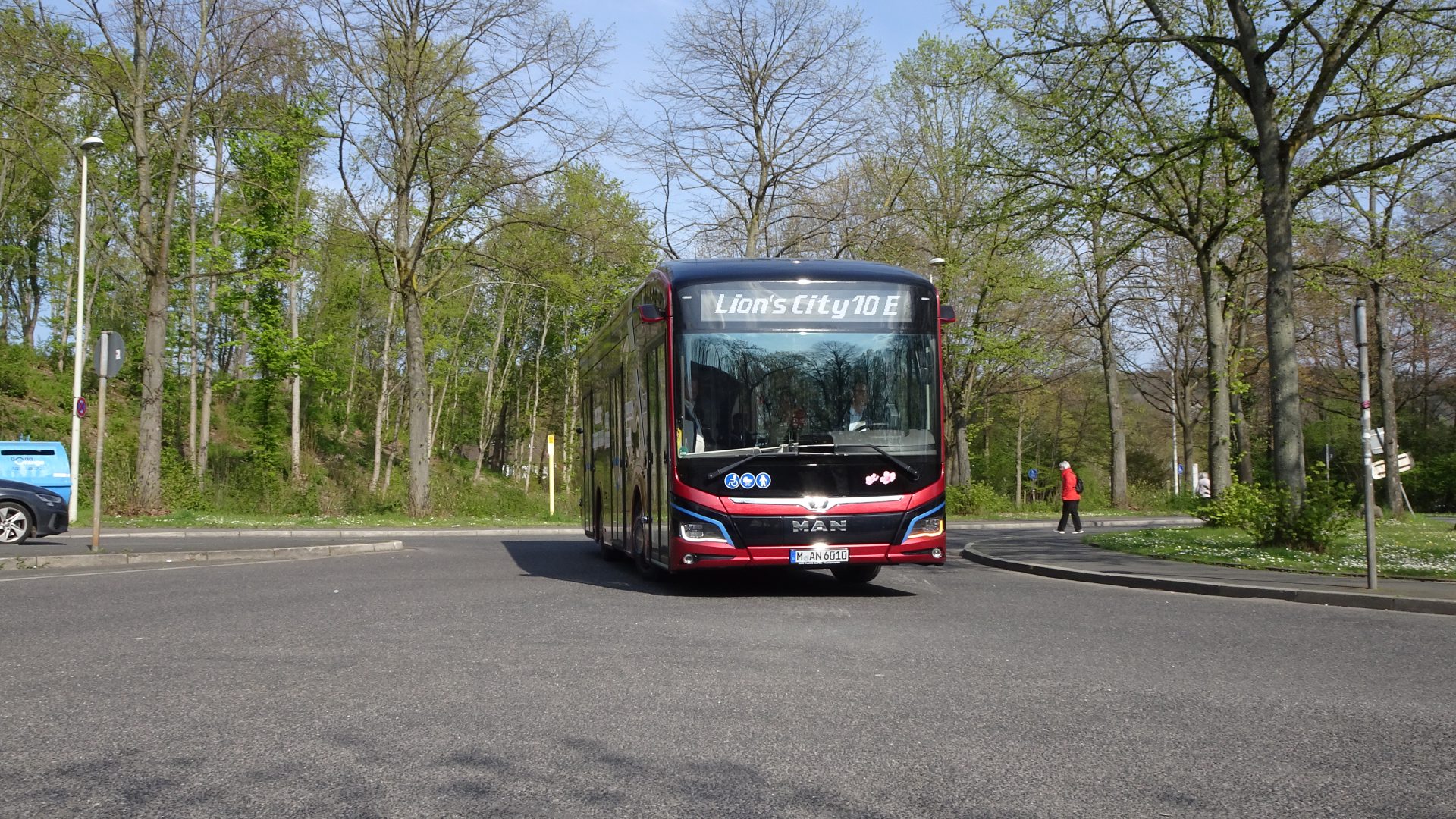
In the standard configuration with three double doors there is room for 27 seats plus a wheelchair platform, plus about fifty standing places, for an overall capacity of around 80 passengers, in line with ICE buses of the same length.
As anticipated, the 10E takes advantage of the new MAN city bus range modular design and, by only shortening the wheelbase, brings the overall length to just under 10.6 meters. These proportions allow it to have a very small turning circle, similar to that of shorter buses where the rear overhang is reduced.
The batteries are lithium-ion with NMC technology, in four or five modules of 80 kWh each. BMS unit and temperature control system are integrated. The working voltage is between 504 and 765 VCC, with a nominal value of 662 VCC. The ‘Reliable range’ maintenance function makes it possible to minimize the deterioration of batteries over the years, with a DoD (depth of discharge) that can be set between 65 and 80 percent of the capacity
No changes at the powertrain of the MAN Lion’s City 10 E
The powertrain is the same as the 12E, with a Traton synchronous central motor capable of 160 kW of continuous power and 240 peak, and with a maximum torque of 2,100 Nm available from 900 RPM upward.
The motor, located less than a meter from the axle and connected by a single cardan shaft, integrates an output reduction of 1:1.595, which is added to 1:5.12 at the axle. In this way, the traditional inverted portal axle ZF AV133 is maintained, guaranteeing maximum interchangeability of parts with diesel or methane buses. Still speaking about the axles, it should be remembered that the front axle is the ZF with RL82EC independent wheels, equipped with Wabco ECAS electronically controlled air suspension and PCV self-adaptive hydraulic shock absorbers. Total or partial lowering at stops (kneeling) is standard, while parallel lifting of about 70 mm up to a 10 km/h speed is optional.
The braking system is made of Knorr SB and SN series calipers, and it features Wabco’s EBS electronic control, which integrates ABS/ASR and, on request, ESP (stability control). The level of wear of each single gasket can be monitored on the dashboard, with two-level alerts for the driver and the workshop. The latter is sent via RIO box.
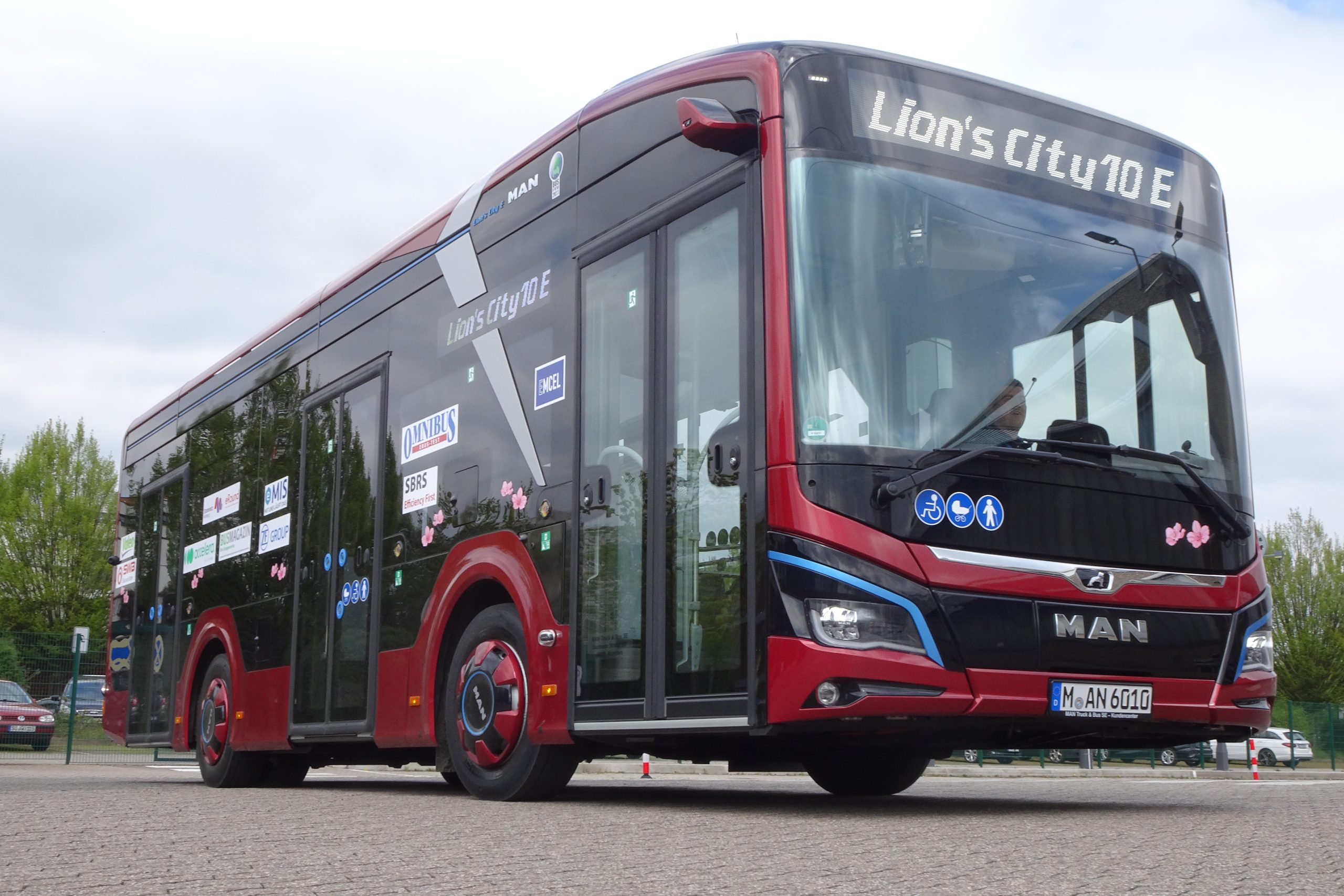
Battery packs? On the roof
Traction control is entrusted to an inverter positioned behind the motor itself, with a cooling unit located on the left side and accessible from a special little door. Next to the inverter radiator, a further heat exchanger keeps the motor temperatures in an optimal range, circulating specific oil in a small circuit with both lubrication and cooling functions.
The MAN Lion’s City 10 E is fun to drive, thanks to really good handling and a fairly contained body roll (which is more evident when empty), despite the fact that there are almost three tons on the roof (including batteries, their air conditioning system and internal climate control).
The batteries are lithium-ion with NMC technology, in four or five modules of 80 kWh each. BMS unit and temperature control system are integrated. The working voltage is between 504 and 765 VCC, with a nominal value of 662 VCC. The ‘Reliable range’ maintenance function makes it possible to minimize the deterioration of batteries over the years, with a DoD (depth of discharge) that can be set between 65 and 80 percent of the capacity. The charging system features two standard CCS2 sockets, for power up to 150 kW, with the main point at the right-hand side front axle and four other positions depending on customer’s choice (front, left-hand side, central rear, right-rear). The communication protocol complies with the ISO 15118 standard.
MAN Lion’s City 10 E: technicalities!
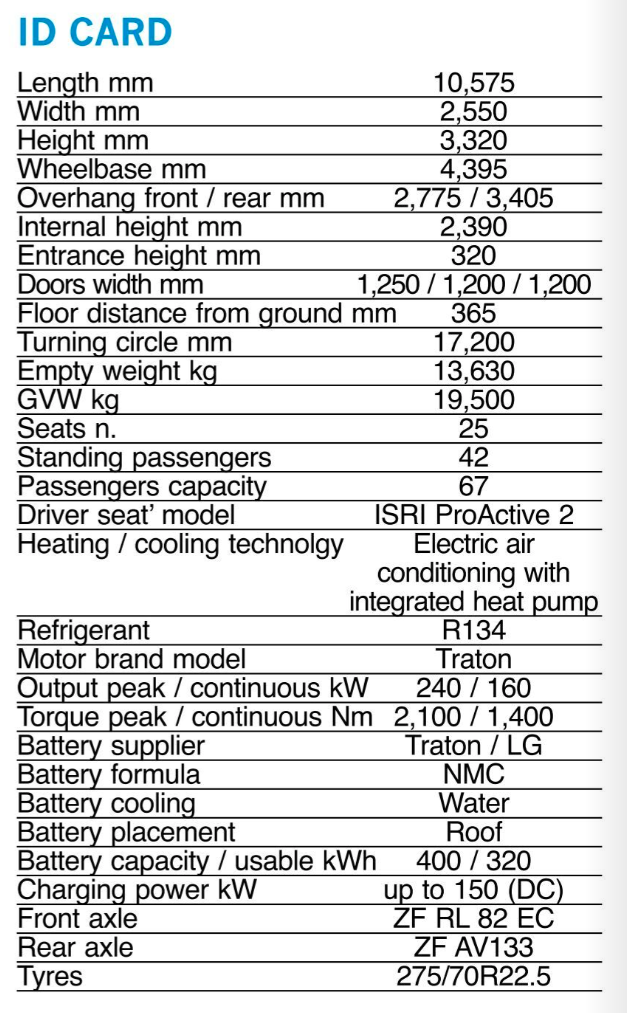
The motor-compressor of the Knorr air-cooled screw-type pneumatic system is powered by high voltage. This is added to the traditional Wabco AMU electronically managed integrated unit, which includes a dryer with electric resistance, oil and condensate separator, divider valve.
The roof air conditioning unit is also high voltage, to be chosen between the Eberspächer AC136G3 II AE HPe with R134a gas (maximum power of 26 kW in cooling mode and 18 kW in heating mode), and the CO2-based Valeo (31 and 33 kW respectively). Both systems guarantee heating via a heat pump, to which is added a wall-mounted convector circuit with three 10 kW HV heaters and, on request, an auxiliary Spheros Thermo diesel or biodiesel 30 kW burner. Temperature management is automatic, based on the control unit settings and, possibly, on the outside temperature; in this regard, MAN prepares as many as four programs to choose from, which take into account the difference between exterior and interior, as well as consumption optimization. The driver’s seat can count on a separate Aurora frontbox with 7.3 kW in cooling mode and 19.0 kW in heating mode.
The 24-volt electrical system, constantly powered by a DC/DC converter, is the traditional Continental Kibes 32 multiplex, equipped with an advanced undervoltage protection system. Below it we find all the traditional users of ICE buses (among which we recall the internal indirect light LED lighting with four levels of intensity), plus the EHS electric pump intended for the Bosch-ZF 8098 power steering.
The doors can have internal rototranslation system (pneumatically or electrically activated), or with pneumatic ejection or electric ‘sliding’.

The passenger compartment, given the small wheelbase dimensions, does not allow major changes in the arrangement of seats, with the need to mount a two-seater in the entire rear half of the vehicle. Seats and handrails, however, do not provide for anchoring to the floor, which in this way has a free surface that is easy to clean.
The driver’s seat is the one already seen on the other Lion’s City buses, maintaining rather high standards in terms of ergonomics and visibility, with a well-developed dashboard equipped with integral adjustment to the steering wheel (+10°/-10°) and numerous variants of lateral separation, possibly suitable for the sale of travel tickets on board.

Driving like a car
The 10 E is fun to drive, thanks to really good handling and a fairly contained body roll (which is more evident when empty), despite the fact that there are almost three tons on the roof (including batteries, their air conditioning system and internal climate control). Naturally, we must remember that a short wheelbase turns in less space but broadens the trajectory at the rear, forcing the driver to stay further away from external obstacles when steering from stationary or moving slowly. Traction management can be set to different acceleration levels, as well as to different energy recovery levels in the coasting phase.
The powertrain is the same as the 12E, with a Traton synchronous central motor capable of 160 kW of continuous power and 240 peak, and with a maximum torque of 2,100 Nm available from 900 RPM upward. The motor, located less than a meter from the axle and connected by a single cardan shaft, integrates an output reduction of 1:1.595, which is added to 1:5.12 at the axle. In this way, the traditional inverted portal axle ZF AV133 is maintained, guaranteeing maximum interchangeability of parts with diesel or methane buses.
Therefore, the final customer has the possibility of acting similarly to a diesel bus (with a slight braking moment when coasting), an increased regenerative capacity (through a greater deceleration) or ‘soaring’ similar to the vehicle idling (eliminating the braking effect as long as you operate the pedal or the slowdown lever to the right of the steering wheel).
A vehicle with a modern design and an excellent finish, with some flaws in the set-up in certain extreme conditions. But in the end, it is still a city bus and in typical driving conditions, comfort is guaranteed.


